Animation lecturer on the hunt for industry terms needing a British Sign Language gesture
An Edinburgh Napier University (ENU) lecturer is hoping to make animation, visual effects and gaming more inclusive – by identifying industry and technical phrases that need their own sign in British Sign Language (BSL).
Award-winning animator Jon Mortimer was inspired by his efforts to learn BSL alongside his 4-year-old son, as well as experience of supporting deaf students at ENU, where he teaches 3D animation and modelling.
Jon leads the community project, Animsign, with the aim of gathering words from the world of animation that don’t currently have a specific BSL sign. He took the research to industry events around the world to seek suggestions from professionals, educators and signers.
Following his work with the deaf community and industry to develop new signs, Jon created an animated explainer video to help get the word out and provide further information.
An Animsign pilot at a conference in Scotland helped to pinpoint 74 terms which needed a new sign, such as WIP (work in progress), pipeline and props.
Jon is now inviting members of the deaf community, educators and animation and games professionals who are interested in being involved with Animsign to reach out, and work towards developing a BSL glossary of animation and gaming terminology.
There are thought to be more than 70 million sign language users worldwide, with more than 300 different sign languages. It is hoped that having a more accessible breadth of BSL terms could open potential new career opportunities to people who are deaf or hard of hearing.
Gaps in language can put people starting out in animation at a major disadvantage. It is like looking up a technical term in the dictionary and finding a blank page. Our aim with Animsign is to create a bridge between the animation and games sectors and the deaf community. My family and I have been learning BSL to support my son, who currently has limited language. Learning sign language has allowed him to express himself so much more than before.
I think it is so important that we work with people from the deaf community and not for them, which is what I have aimed to do throughout this project, while also working with deaf artists. The hope is that with support like this we can make the process of learning about animation more accessible.
You don’t need to be an animator to work in animation. This could open up a whole range of careers to talented people who have stories to tell.
-Jon Mortimer
Jon now hopes to take this research further by forming focus groups of animation & games professionals, educators and sign language users to develop a glossary of new signs. He is encouraging anyone and everyone to get in touch with him and talk about his research.


